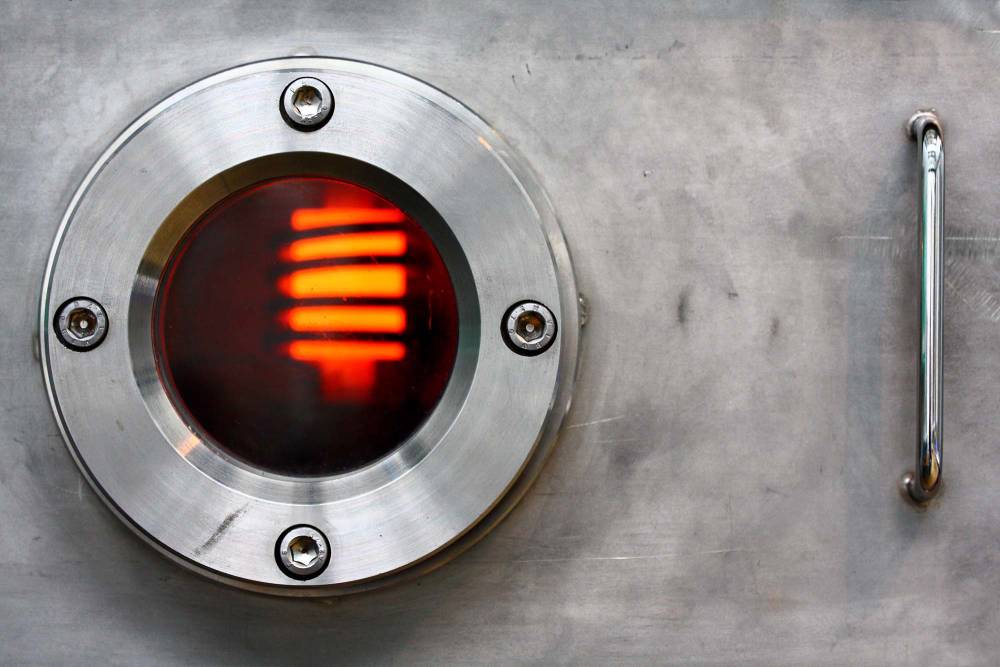The Science Blog

Transparent Aluminum: Science Fiction Becomes Reality
In science fiction, transparent aluminium is a fascinating material. It’s often shown as a futuristic substance with amazing properties. This concept, popularised by the Star Trek series, has now transcended the realm of fiction to become a tangible reality. Transparent aluminium, also known as aluminium oxynitride (ALON), is a new material. It has gained a lot of interest in advanced ceramics and optical materials. Its unique traits, like great strength and clarity, make it a possible game-changer in fields from defence to consumer electronics. In this blog, we will look at transparent aluminium. We’ll discuss its science, uses, and what it means for the future of materials science.
Key Benefits / Why It Matters
Transparent aluminium is not just a novel material. It represents a significant advancement in the domain of advanced ceramics and optical materials. Its relevance extends across various industries, offering several key benefits:
Unmatched Strength and Durability
One of the most remarkable features of transparent aluminium is its strength. It’s four times tougher than fused silica glass and much more durable than regular bulletproof glass. This makes it great for uses that need high-impact resistance. Examples include military vehicles and aerospace engineering.
Transparent aluminium is hard and has great scratch and wear resistance. This means it lasts a long time, even in tough conditions. Its strength makes it a great choice over glass and polycarbonate. This is especially true in places where you need both clarity and durability.
Optical Clarity
Transparent aluminium has great optical clarity. This makes it ideal for uses where visibility matters. Its transparency and protective qualities make it a key asset in creating advanced optical materials. This feature helps make high-performance lenses and protective windows.
Transparent aluminium stays clear for a long time. Unlike regular bulletproof glass, it doesn’t get cloudy or distorted. This makes it great for precision optical instruments, military optics, and even consumer uses. It works well in augmented reality (AR) displays and high-end camera lenses.
Lightweight and Versatile
Despite its robustness, transparent aluminium is relatively lightweight. This property is useful when weight matters, like in cars and planes. The material is versatile, so it can be shaped into many forms and sizes. This makes it useful in different industries.
Its light weight and strength make it a great choice over traditional reinforced glass. In aviation and space travel, cutting weight helps improve fuel efficiency. It also keeps durability, boosting overall performance.
Resistance to Extreme Conditions
Transparent aluminium exhibits remarkable resistance to extreme temperatures and environmental conditions. Its resilience makes it great for tough places like outer space or underwater, where regular materials might not work.
For example, transparent aluminium was tested under high pressure, like that found deep in the ocean. It showed it could handle immense forces without losing its strength.
Step-by-Step Guide / Actionable Insights

Understanding the Production Process
Making transparent aluminium is a complex process. It uses advanced ceramics and optical materials technology. Here’s a step-by-step breakdown of how this futuristic material is created:
Step 1: Synthesis of Aluminium Oxynitride
The first step to making transparent aluminium is to synthesise aluminium oxynitride powder. This process combines aluminium, oxygen, and nitrogen. It happens under controlled conditions to create a crystalline structure. The powder’s quality is key. It directly affects both the material’s optical and mechanical properties.
Step 2: Hot Pressing and Sintering
Once the aluminium oxynitride powder is synthesised, it undergoes hot pressing and sintering. This process uses high heat and pressure to make the powder particles stick together. The result is a dense, transparent ceramic material with exceptional strength and clarity.
Step 3: Polishing and Finishing
The final step in the production of transparent aluminium is polishing and finishing. This means improving the material’s surface. This boosts its optical properties. It also creates a smooth, clear finish. The polishing process is critical to achieving the desired level of clarity and transparency.
Applications and Real-World Examples
Transparent aluminium’s unique properties make it suitable for a wide range of applications. Here are some real-world examples of how this material is being utilised:
Bulletproof Glass and Armour
One of the most prominent applications of transparent aluminium is in the production of bulletproof glass and armour. Its strength and clarity make it great for military vehicles, aircraft, and personal protective gear. The material can handle high-impact forces and still stay visible. This is a big advantage in these situations.
Optical Devices and Lenses
Transparent aluminium is also being used in the development of advanced optical devices and lenses. Its clear view and strength make it great for high-performance camera lenses, protective eyewear, and optical sensors. This app is especially useful in fields like photography, surveillance, and scientific research.
Aerospace and Automotive Industries
Aerospace and automotive industries are looking into transparent aluminum for their designs. Its light weight and ability to handle extreme conditions make it a great choice for aircraft windows, windshields, and structural parts. The material can cut weight while staying strong. This is a big plus in these fields.
Additional Expert Tips & Common Mistakes to Avoid

Best Practices for Handling Transparent Aluminium
When using transparent aluminium, follow best practices. This helps ensure good performance and long life. Here are some expert tips to consider:
- Proper Handle: Handle transparent aluminium carefully to avoid scratches and damage. Using protective coverings and handling tools can help maintain the material’s integrity.
- Regular Care: Cleaning and upkeep are key to keeping the material clear. Avoid using abrasive cleaners or tools that could scratch the surface.
- Customisation and Installation: When you customise or install transparent aluminium, work with skilled experts. They know the material’s properties and limits.
Common Mistakes to Avoid
Despite its advantages, transparent aluminium is not without its challenges. Here are some common mistakes to avoid when working with this material:
- Overestimating Impact Resistance: While transparent aluminium is highly durable, it is not indestructible. It is essential to understand its limitations and avoid subjecting it to forces beyond its capacity.
- Environmental Factors Matter: Transparent aluminium’s performance can change with temperature and humidity. It is important to consider these factors when designing applications for extreme conditions.
Beyond Science Fiction: The Real-World Potential of Transparent Aluminium
Transparent aluminium is a great achievement in advanced ceramics and optical materials. Its strength, transparency, and versatility make it a valuable asset in many industries. Transparent aluminium will be key in materials science‘s future. Research and development are expanding what we can do.
If you want to learn more about transparent aluminium, talk to industry experts and researchers. They can help you stay updated on the latest developments. Transparent aluminium shows how science fiction can become real. It intrigues both experts and those curious about materials science. What innovative applications do you envision for transparent aluminium? Let’s explore the possibilities together.









